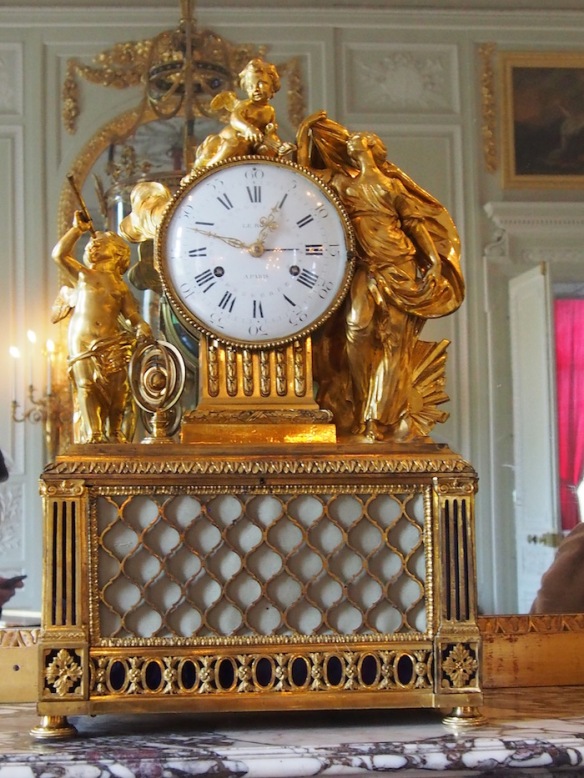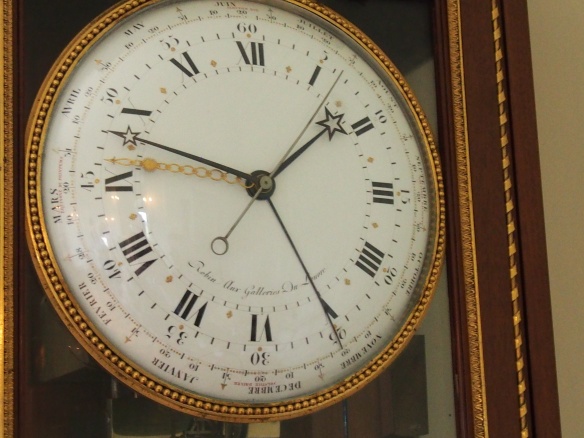The Clocks of Versailles and the Petit Trianon
Clocks have been around for centuries longer than wristwatches. First developed as the primary way to tell time, clocks evolved over the centuries to become novelty items — artistically interpreted in enamel works or adorned with gemstones for personal pleasure. While the first clocks were born as tower clocks in Medieval Europe, they evolved into astronomical indications, automaton clocks with mechanical moving figures and — eventually — decorative items for the home.
A tour through almost any historical castle, palace or high-society home will reveal at least one, if not more, mantle clocks, table clocks and even standing long case clocks. Planning a spring visit to Paris? If you plan to tour the Palace of Versailles and the Petit Trianon (Marie Antoinette’s summer home), you may want to keep your eyes open for certain specialty pieces.
Passemant Astronomical Clock
Louis XIV (who considered himself a keeper of the arts) was urged by Jean-Baptiste Colbert to engage in scientific research, and in 1666 Colbert founded the Academy of Science that brought together science and government. Philosophers, artists, engineers, physicists and more gathered to discuss theories and experiments. Even botanists and zoologists came together to study the many animals housed on the grounds.
LeRoy Cupid clock
Louis XV was particularly fond of geography and astronomy and set up scientific labs that remained in place until the French Revolution. It was under Louis XV that many of the fine clocks in the palace were secured. Among them was the Passemant astronomical clock. Designed in the 18th century by Claude-Simeon Passemant, the clock is amazingly ahead of its counterparts of the day. It was by this clock that — for the first time ever — the official time in France was set. The outer design of the nearly six-and-a-half-foot-tall clock is a fine example of rococo-style art. The clock displays the date, time, phases of the moon and planetary motion within the sphere. The astronomical dial indicates the rising and setting of the sun and moon — with Earth depicted as a bronze globe among gilt rocks and waterfalls. Also to be found in the palace are clocks by LeRoy, Robin and de Sotian — all respected clock makers of their day.
Robin clock



